5 ways to protect your pond fish from predators without creating an eyesore
Keep your fish safe with these expert pond design tips


Keeping a fish pond is a great way to inject Feng Shui into your backyard. They are scenic, tranquil and have the customization ability to become whatever you want them to be.
But when creating one, keep in mind that fish are often on the menu for many predators, including wild birds and domestic cats so protecting them is essential. We've canvassed fish-keeping and pond experts for the five best ways to stop predators attacking the fish in your pond.
Your mind may leap to big ugly nets covering up your entire pond space, but you don’t have to create an eyesore to keep your fish alive and well as detailed by experts who know how to build a pond and maintain this glorious little habitat.
Ways to stop predators attacking your fish pond
1. Ensure your pond has deep enough water
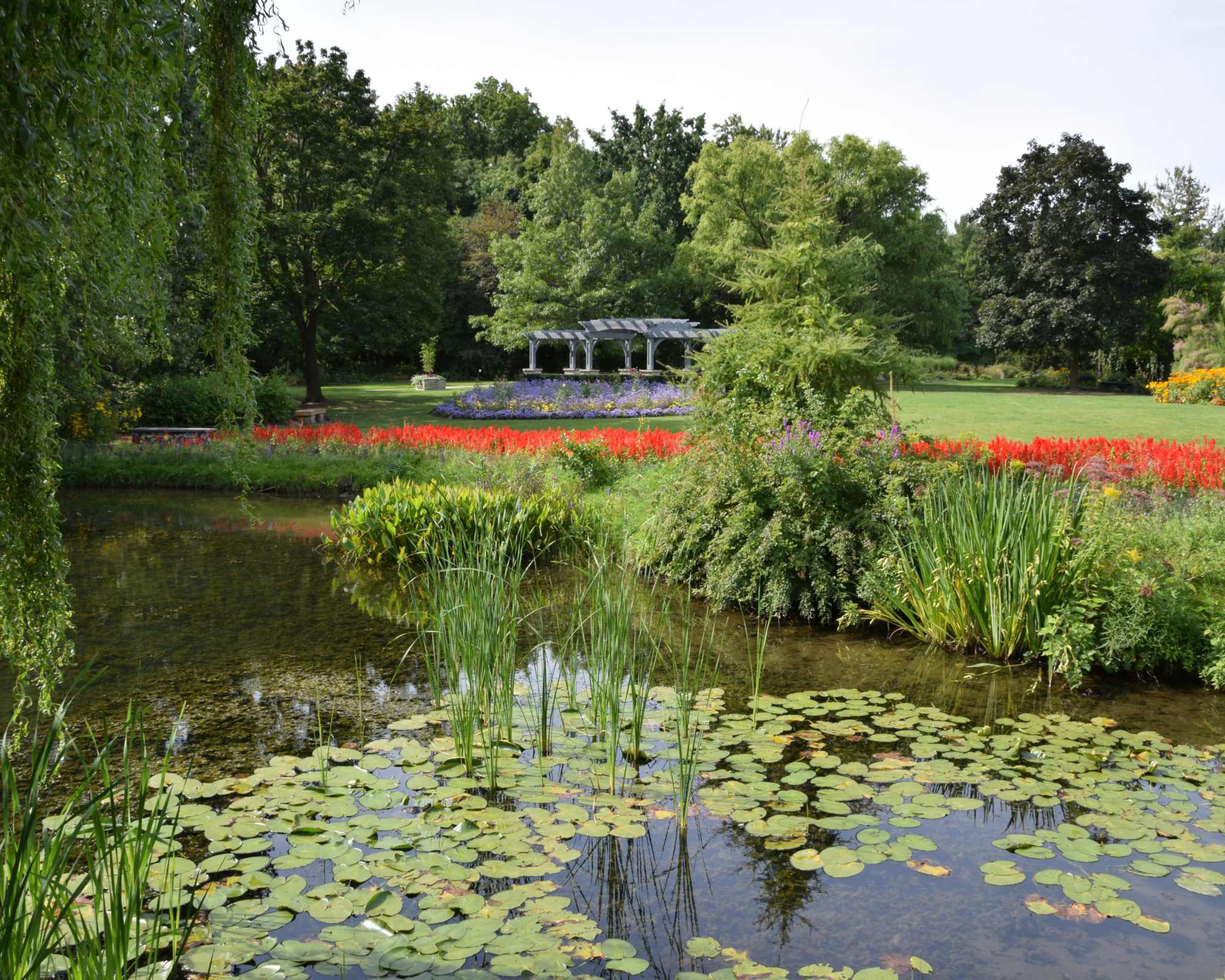
Having a deep pond, or even a pond with certain areas deeper than others, can be a literal lifesaver for your aquatic life. These deep underwater nooks provide the perfect getaway for your fish to flee to if danger swoops in from the sky or attempts to swipe at the surface.
‘If a predator like a raccoon tries to scoop up your fish, the fish need to be able to dive deep enough into the pond to escape,’ says Clayton at Everything Ponds. ‘A depth of at least three feet is recommended, but four feet would be even better.’
If your pond set up already and doesn’t incorporate this trick, implementing it after the fact can be tough, but fear not! There are plenty of other expert-approved ideas that you can try instead.
2. Make use of high coverage, sheltering plants
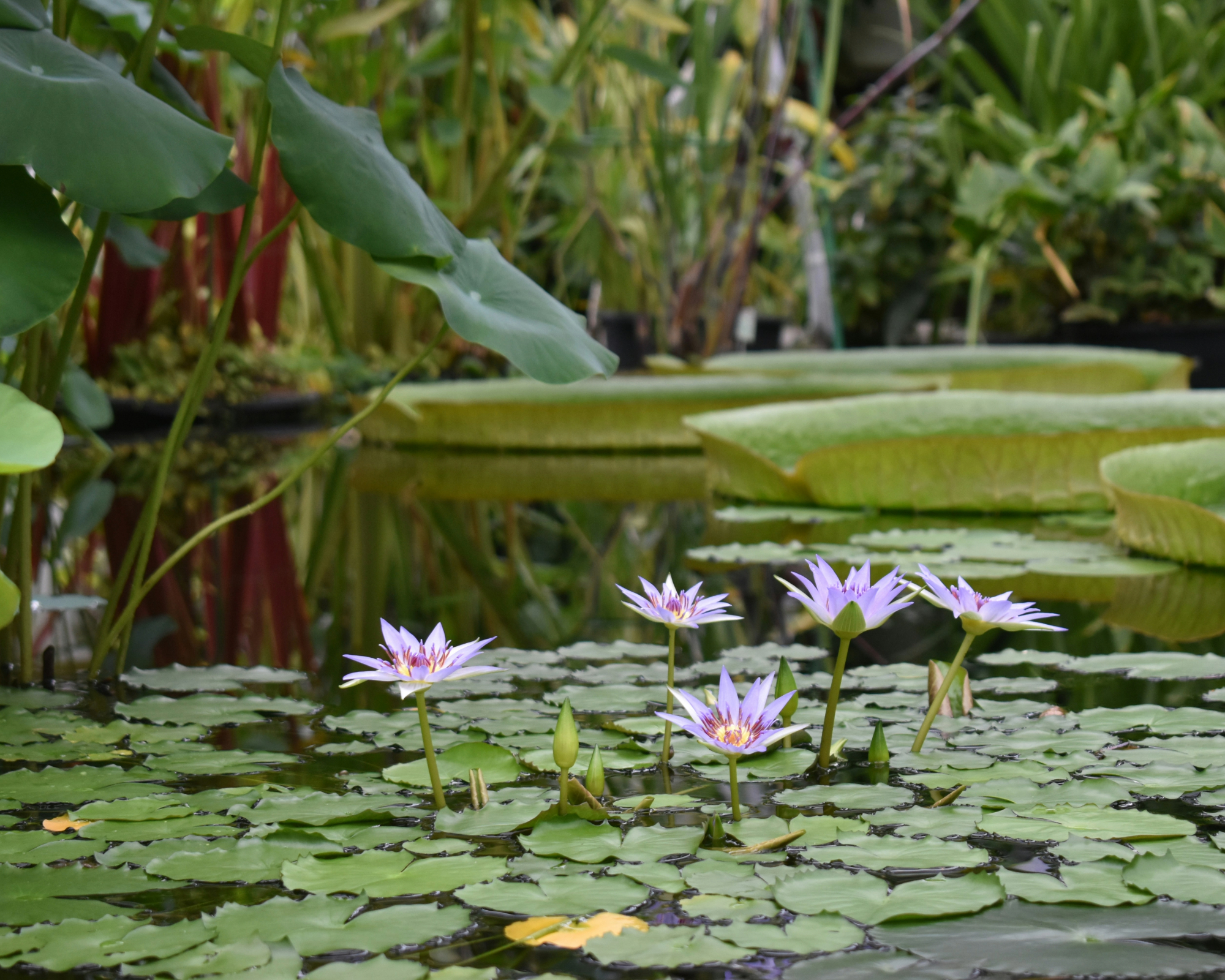
If you can't add or incorporate depth, including the best pond plants for copious surface coverage to your pond is a great way to protect the life of your fish, as well as to make your pond look stunning. Especially if you’re seeking to cultivate a wild pond aesthetic, floating plants such as lilies (you can buy pre-grown perennial water lillies from Amazon) will fit right into the vibe of the space whilst giving your fish ideal places to hide.
Design expertise in your inbox – from inspiring decorating ideas and beautiful celebrity homes to practical gardening advice and shopping round-ups.
‘Anything that provides shelter to your pond will provide protection for your fish,’ says Nick Salvatore, owner of The Pond Shop. ‘Water lilies can aid in giving cover to your pond, among other aquatic plants, while also granting aesthetic appeal.’
There are many different variations of water lily out there, all growing to different sizes and blossoming into different beautiful flowers throughout the year. Grouped generally into four main sizes – dwarf, small, medium and large – it’s important to consider what size of lily is right for your pond space and the right number of the plant needed to protect your fish.
3. Avoid excessive perimeter or plant shelves
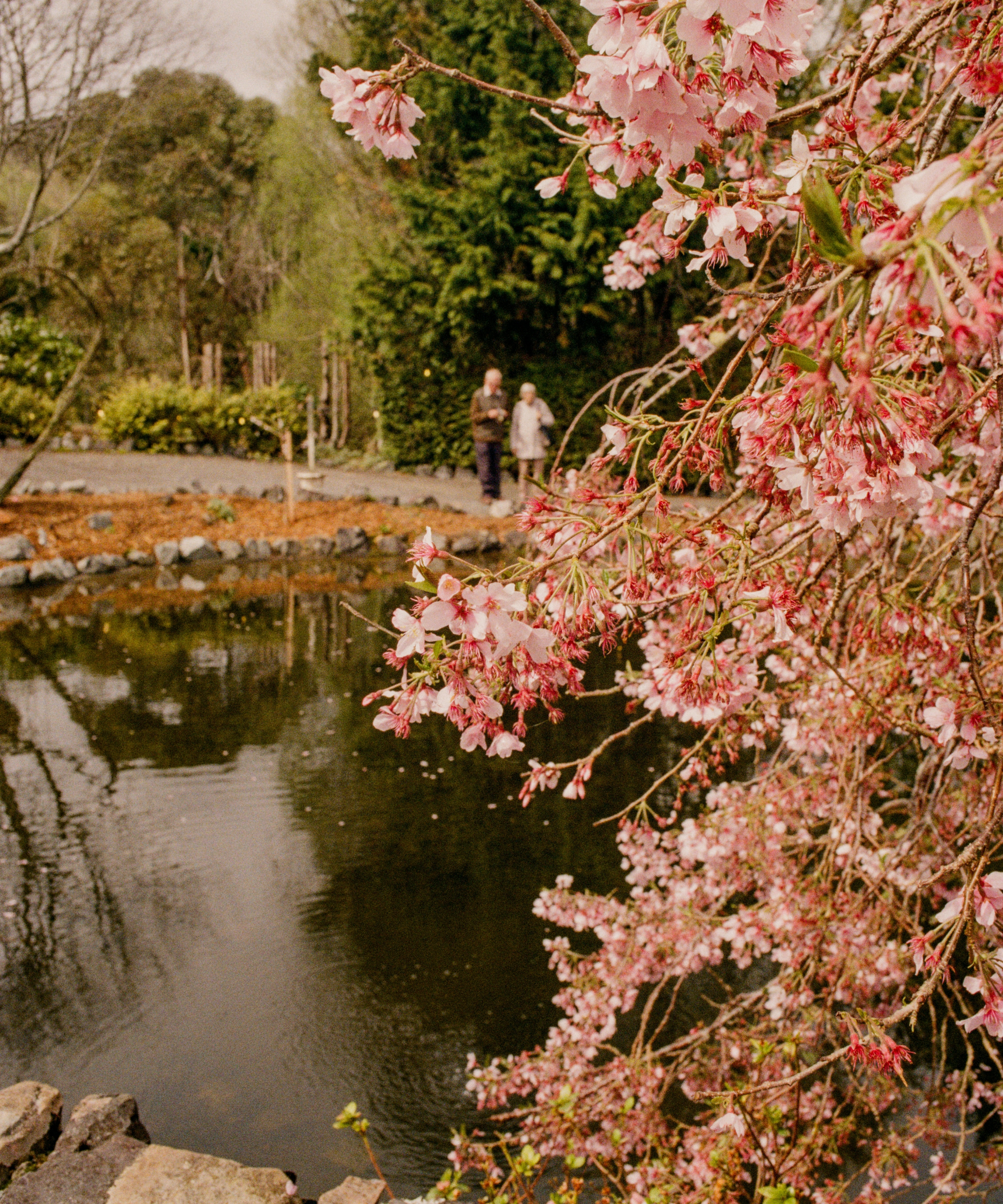
Building a shelf around the perimeter of your wildlife pond can look amazing and lock in the cohesiveness of your pond’s design. However, it can also greatly endanger your fish.
A perimeter shelf is a ledge built on, or just below the waterline of your pond, often out of stone slabs. Although it may be aesthetically pleasing, it provides predators with an easy way to get closer to your pond's water and, in turn, closer to the life inside of it.
For this same reason, it isn’t the best idea to install small submerged baskets of the best water garden plants all around the edge of your pond, creating what's known as a 'plant shelf'. Predators can sit on these baskets or pounce from them – you don’t want to be making their lives easier!
‘I recommend avoiding installing shelves around the entire perimeter of your pond,’ says Clayton. ‘Predators like raccoons can use these shelves to get closer to your fish, so perhaps avoid including them by the deeper areas of your pond so predators are still forced to stay right at the top.’
4. Include fish tunnels and caves
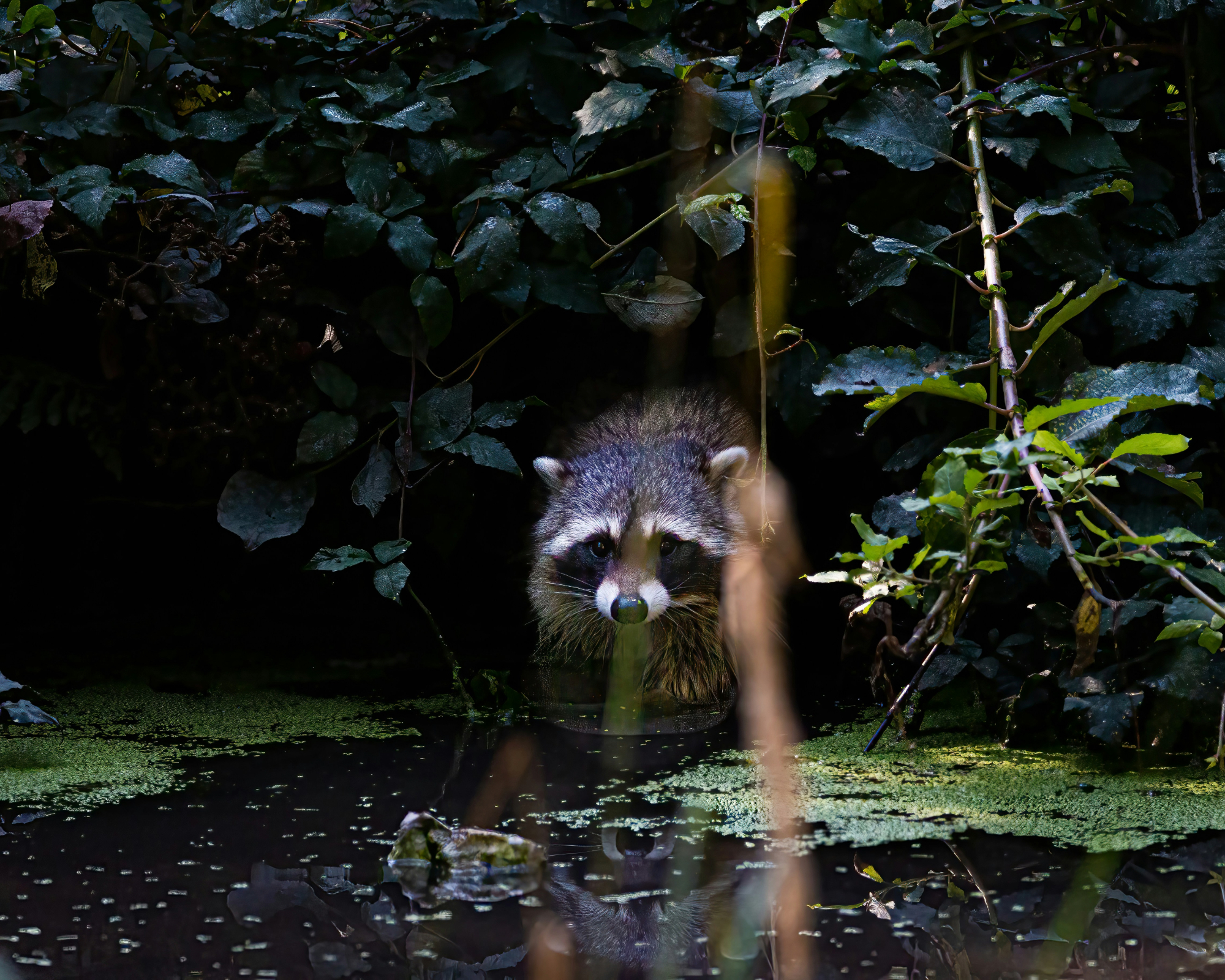
The simplest way to add shelter for your fish is to install structures designed specifically to help them hide away. If you know a thing or two about backyard landscaping you might be able to create these sorts of structures yourself, but for those less clued up on crafting caves, you can buy assorted styles online in varying sizes.
‘Tunnels or caves provide a structure to protect your fish from birds of prey that can dive into the water,’ says Clayton.
Nick adds, ‘Structures such as fish tunnels or caves, or ledges with an opening under them, are all ways to provide shelter for your fish.’
Shelter is generally a healthy addition for any fish keeper to consider, whether you’re keeping a pond or an indoor tropical tank. The change of scenery and pace of swimming provides your fish with extra stimulation and also offers a secluded place for breeding.
Just be sure to check any caves or tunnels you're buying for your pond specify they are made for outdoor use!
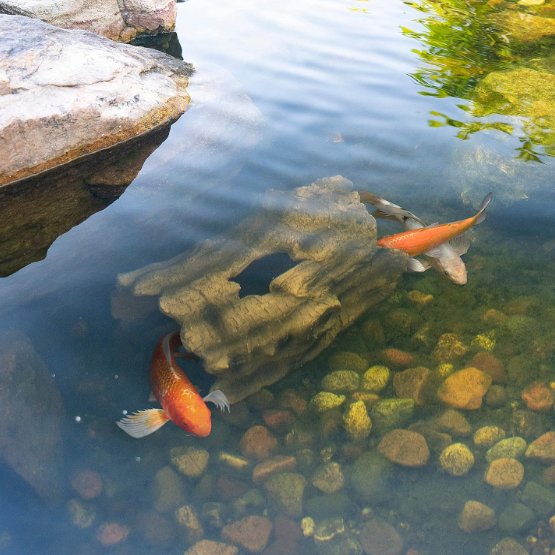
Dimensions (inches): 15.25D x 22W x 14H
This brown resin fishcave comes highly rated by customers and is Amazon's Choice, meaning many customers buy it, rarely return it and it's usually available to purchase. Simply sink it in your desired location to give your fish shelter from predators.
5. Increase the amount of plants around the pond
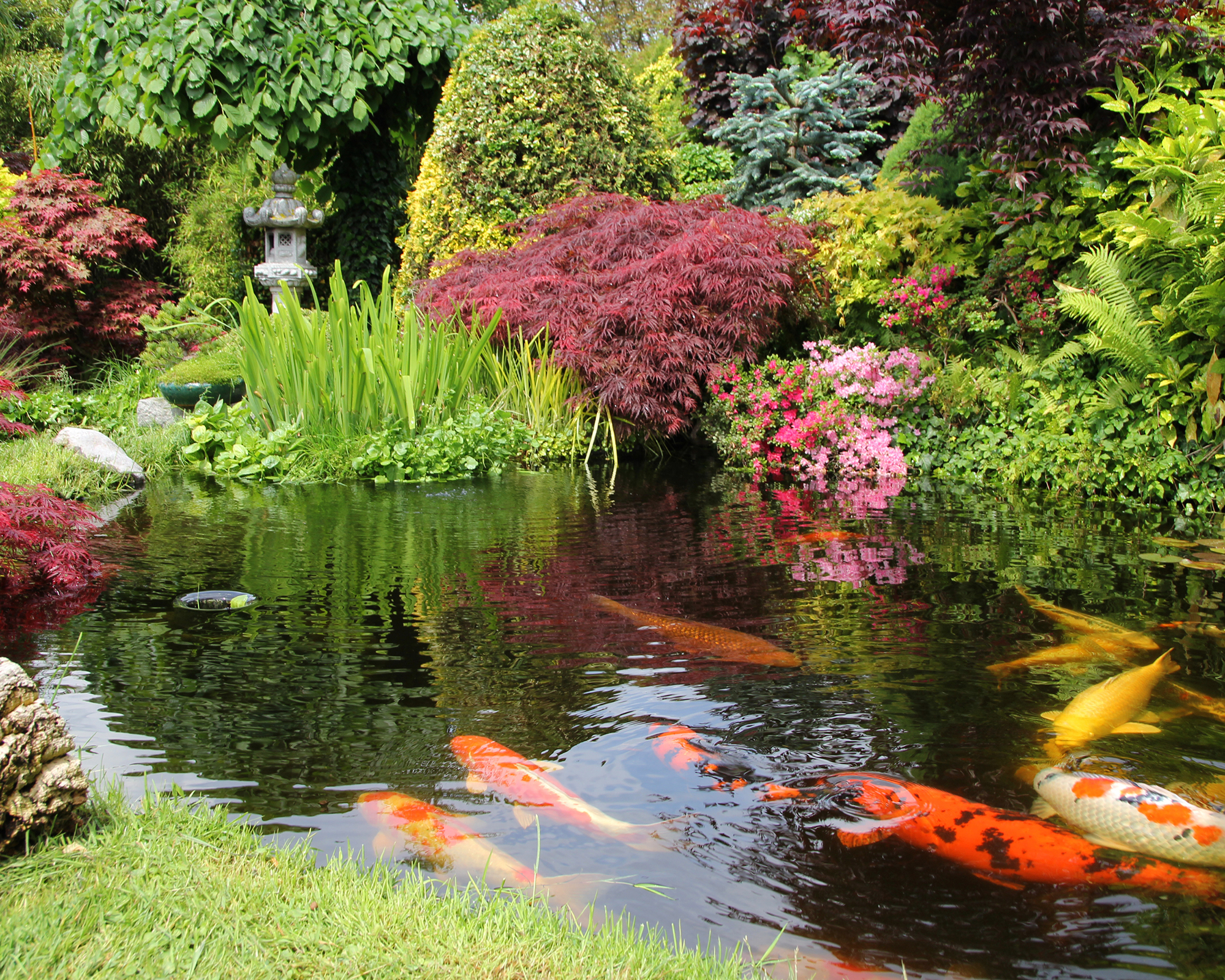
Similarly to how celebrities get away from the paparazzi by purchasing houses surrounded by tall trees, your fish can escape becoming prey by being surrounded by taller plants. If your pond is obscured from the view of predators, your fish are less likely to be on the menu for their next meal – the predators won’t be able to spot them at a glance!
‘Placing pergolas or trees around the pond can help prevent flying birds from spotting your fish,’ says Clayton. If you're unsure about how to design a pergola and the best plants to choose, we've got you covered.
For added predator advantage, birds use their 'birds eye view', whilst ground-level predators are great at sneaking, which gives them the upper hand. Take away their visibility, access, or ability to sneak attack with added plants around the perimeter of your pond.
Now you have some tools and tips in your arsenal to protect the little ecosystem you've created in your backyard, learn which oxygenating pond plants to add in, or beautify yours with beautiful pond ideas.

Ciéra is a writer and regional laureate with particular passions for art, design, philosophy and poetry. As well as contributing to Homes & Gardens, she's an Editorial Assistant for Design Anthology UK and a contributing writer for magazines including Livingetc, Apartment Therapy, House Beautiful and Ideal Home. Previous commendations of hers include being Highly Commended by The Royal Society of Literature and receiving a prestigious MA Magazine Journalism scholarship to City, University of London.